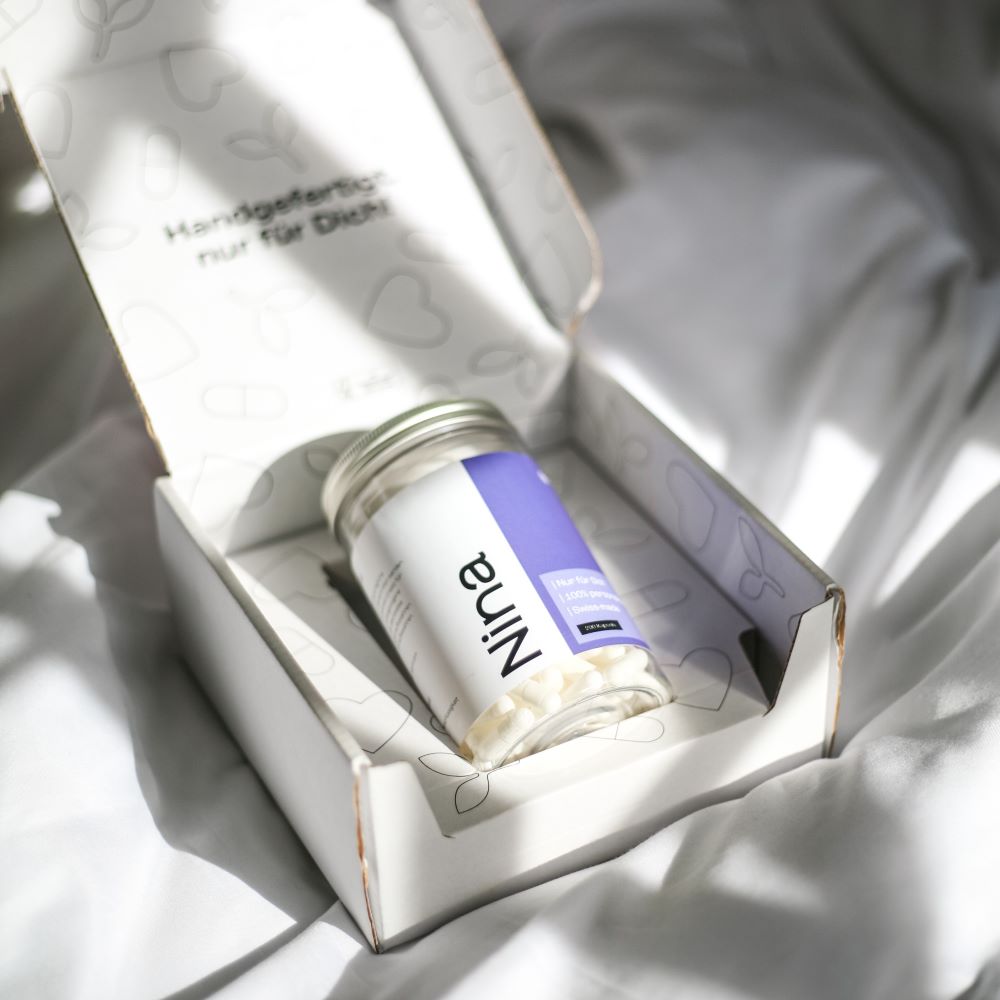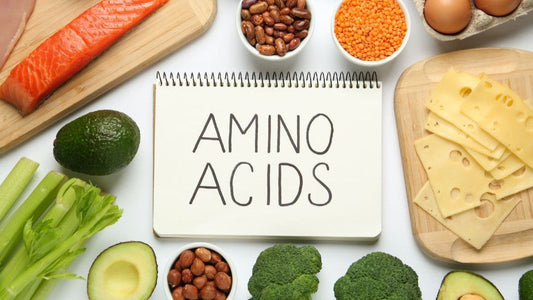Today we're delving into the fascinating world of metabolism - a complex but crucial process in our bodies. Don't worry, we'll keep it simple and easy to understand!
What is metabolism anyway?
Metabolism is basically the engine of our body. It's the process by which our body converts food into energy. Put simply, it keeps us going.
How does it all work?
Our body breaks down the food we eat into various building blocks such as proteins, fats and carbohydrates. These are then converted into energy, which the body needs for everyday activities - be it walking, breathing or even thinking.
Metabolism and basal metabolic rate - understanding the terms
You may have heard of terms such as metabolism or basal metabolic rate. Don't worry, we'll clear it up! Metabolism refers to all chemical processes in the body that generate energy. The basal metabolic rate is the amount of energy the body needs to function at rest - in other words, to simply be alive.
How can you positively influence your metabolism?
Well, there are a few things you can do to support your metabolism. A balanced diet, regular exercise and sufficient sleep are key factors. Small but regular meals can also help to keep your metabolism active.
Conclusion: Metabolism at a glance
In this brief insight, we've looked at metabolism - the invisible but crucial thing that happens in our bodies. By understanding this process, you can make more conscious decisions to support your body in the best possible way.
Hopefully this article has helped you understand the basics of metabolism. If you have any further questions or would like to delve deeper into the topic, please don't hesitate to contact me.
Stay healthy and full of energy!
Also exciting for you:




